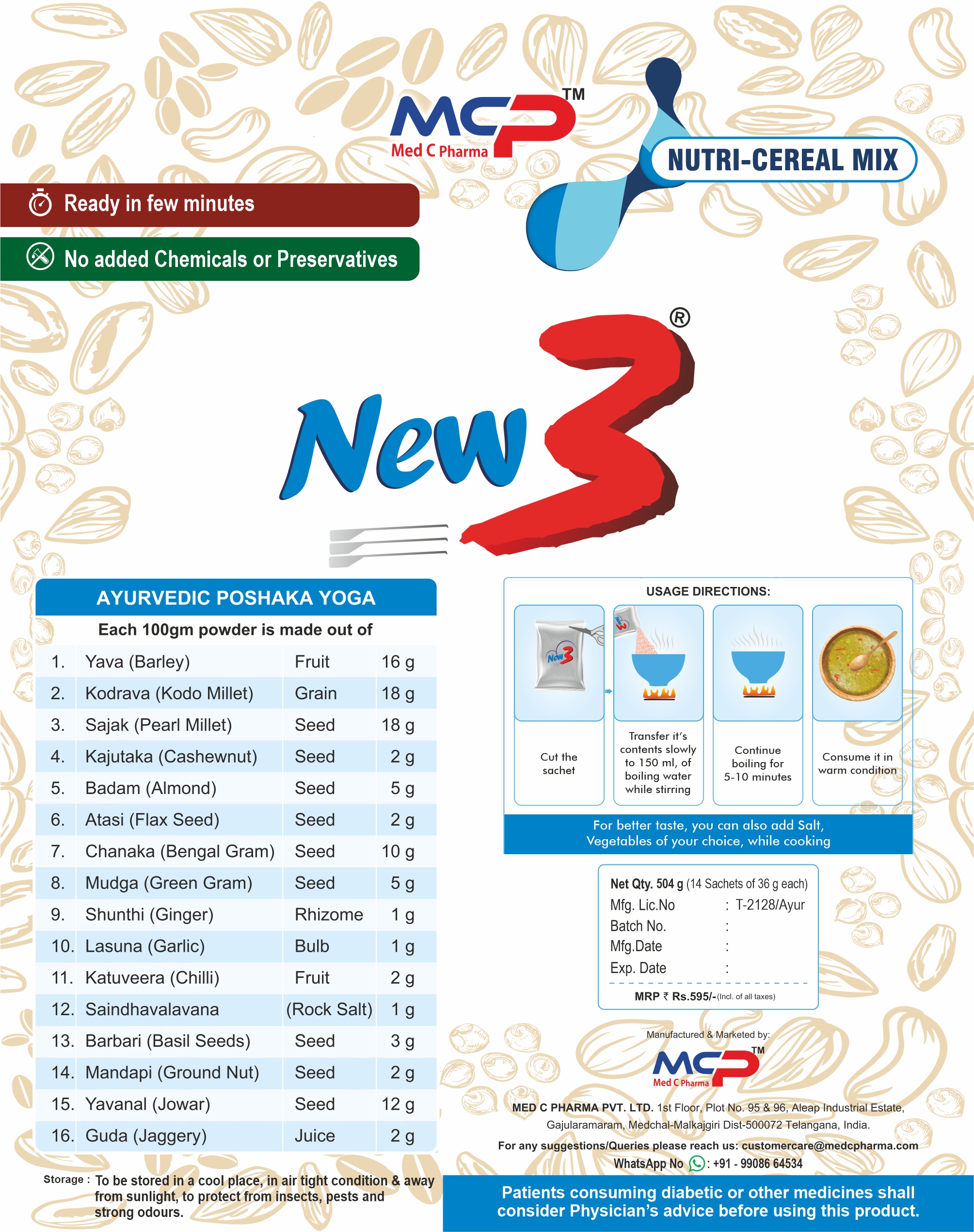


PREDIABETES MANAGEMENT - New 3
The American Diabetes Association (ADA) recommends that diabetes screening for most adults begin at age 45. The ADA advises diabetes screening before age 45 if you're overweight and have additional risk factors for prediabetes or type 2 diabetes.
If you've had gestational diabetes, your health care provider will likely check your blood sugar levels at least once every three years.
There are several blood tests for prediabetes.
Glycated hemoglobin (A1C) test
This test indicates your average blood sugar level for the past 2 to 3 months.
In general:
Below 5.7% is normal
Between 5.7% and 6.4% is diagnosed as prediabetes
6.5% or higher on two separate tests indicates diabetes
Certain conditions can make the A1C test inaccurate — such as if you're pregnant or have an uncommon form of hemoglobin.
Fasting blood sugar test
A blood sample is taken after you haven't eaten for at least eight hours or overnight (fast).
Blood sugar values are expressed in milligrams of sugar per deciliter (mg/dL) or millimoles of sugar per liter (mmol/L) of blood. In general:
Less than 100 mg/dL (5.6 mmol/L) is normal
100 to 125 mg/dL (5.6 to 6.9 mmol/L) is diagnosed as prediabetes
126 mg/dL (7.0 mmol/L) or higher on two separate tests is diagnosed as diabetes
Oral glucose tolerance test
This test is less commonly used than the others, except during pregnancy. You'll need to fast overnight and then drink a sugary liquid at the primary care provider's office or lab testing site. Blood sugar levels are tested periodically for the next two hours.
In general:
Less than 140 mg/dL (7.8 mmol/L) is normal
140 to 199 mg/dL (7.8 to 11.0 mmol/L) is consistent with prediabetes
200 mg/dL (11.1 mmol/L) or higher after two hours suggests diabetesIf you have prediabetes, your health care provider will typically check your blood sugar levels at least once a year.
Children and prediabetes testing
Type 2 diabetes is becoming more common in children and adolescents, likely due to the rise in childhood obesity.
The ADA recommends prediabetes testing for children who are overweight or obese and who have one or more other risk factors for type 2 diabetes, such as:
Family history of type 2 diabetes,
Being of a race or ethnicity associated with an increased risk,
Low birth weight,
Being born to a mother who had gestational diabetes.
The ranges of blood sugar level considered normal, prediabetes and diabetes are the same for children and adults.
Children who have prediabetes should be tested annually for type 2 diabetes — or more often if the child experiences a change in weight or develops signs or symptoms of diabetes, such as increased thirst, increased urination, fatigue or blurred vision.
Treatment
Healthy lifestyle choices can help you bring your blood sugar level back to normal, or at least keep it from rising toward the levels seen in type 2 diabetes.
To prevent prediabetes from progressing to type 2 diabetes, try to:
Eat healthy foods
A diet high in fruits, vegetables, nuts, whole grains and olive oil is associated with a lower risk of prediabetes. Choose foods low in fat and calories and high in fiber. Eat a variety of foods to help you achieve your goals without compromising taste or nutrition.
Be more active
Physical activity helps you control your weight, uses up sugar for energy and helps the body use insulin more effectively. Aim for at least 150 minutes of moderate or 75 minutes of vigorous aerobic activity a week, or a combination of moderate and vigorous exercise.
Lose excess weight
If you're overweight, losing just 5% to 7% of your body weight — about 14 pounds (6.4 kilograms) if you weigh 200 pounds (91 kilograms) — can significantly reduce the risk of type 2 diabetes. To keep your weight in a healthy range, focus on permanent changes to your eating and exercise habits.
Stop smoking
Stopping smoking can improve the way insulin works, improving your blood sugar level.Take medications as needed. If you're at high risk of diabetes, your health care provider might recommend metformin. Medications to control cholesterol and high blood pressure might also be prescribed.
Children and prediabetes treatment
Children with prediabetes should follow the lifestyle changes recommended for adults with type 2 diabetes, including:
Losing weight
Eating fewer refined carbohydrates and fats, and more fiber
Reducing portion sizes
Eating out less often
Spending at least one hour every day in physical activity
Medication generally isn't recommended for children with prediabetes unless lifestyle changes aren't improving blood
sugar levels. If medication is needed, metformin is usually the recommended drug.
Talk to your health care provider if you're considering dietary supplements or other alternative therapies to treat or prevent prediabetes. Some supplements or alternative therapies might be harmful if combined with certain prescription medications. Your health care provider can help you weigh the pros and cons of specific alternative therapies.
PREDIABETES REVERSAL WITH NEW 3
New 3 in brief
New 3 powder is a 100% natural ingredient based, Chemical free supplement which helps in Blood Sugar Management.It contains protein, fiber, omega fatty acids,vitamins & minerals. Overall, New 3 Powder plays a key role as a part of Nutrition therapy support in the management of elevated blood sugar levels.
For Healthcare ProfessionalsLifestyle modification (what we eat):
Food can either promote diabetes or help prevent it, depending on how it affects the body's ability to process glucose. Processed foods as well as items high in fat or sugar can disrupt the balance between glucose and insulin, resulting in inflammation which causes insulin resistance and contributes to the disease.
Diets low in fat and high in fiber and complex carbohydrates are effective in reducing the risk of developing diabetes. Clinical trials of lifestyle changes in subjects with prediabetes have shown that diet and exercise leading to weight loss consistently reduce the incidence of diabetes. Effective nutrition therapy interventions may be a component of a comprehensive group diabetes education program or an individualized session.
Reported A1C reductions are similar or greater than what would be expected with treatment with currently available pharmacologic treatments for1 diabetes. The documented decreases in Al C observed in these studies are type 1 diabetes: -0.3 to -1% and type 2 diabetes: -0.5 to -2%.
Individuals who have diabetes should receive Nutrition Therapy as needed to achieve treatment goals, preferably provided by nutrition professional along with physicians support. Nutrition Therapy provides a key complement to traditional medical intervention in diabetic treatment. It helps in prevention and management of existing diabetic complications in patients, apart from decreasing the chance of development of diabetic complications in borderline cases.
New 3 Powder Nutritional Benefits:
Fiber Rich Food:
This product has 14% fibre by its weight.Insoluble fibre may help to promote weight loss, reduce risk of colon cancer and heart disease. Fibre is essential to maintain body weight and composition, blood levels of sugar (low glycemic index), triglycerides and cholesterol.
Rich In Omega Fats:
This product is rich in omega 3 and omega 6 fatty acids with a ratio of 1:2 approximately. This helps vegetarians who don’t consume fish. Data suggests that omega fatly acids may prevent insulin resistance but data is limited.
Protein Rich Food:
This product is rich in proteins. Whole nuts are included in diet to increase omega fats, anti-oxidants, vitamins and minerals.
Wholesome Nutrition:
Major raw material of this product is whole grains. Consuming whole grains may reduce the incidence of type 2 diabetes.
Safe Ingredients:
This is safely designed diet, which was developed after extensive research on natural ingredients like cereals, spices, nuts, etc, which are safely and regularly consumed in our day to day life.
Overall, New 3 Powder plays a key role as a part of Nutrition therapy support in the management of elevated blood sugar levels.